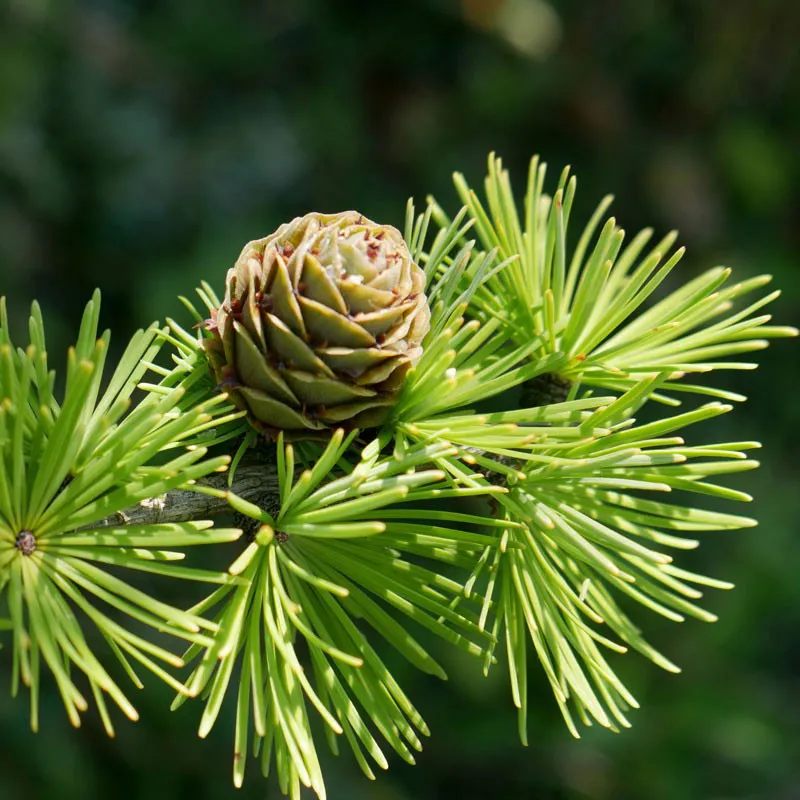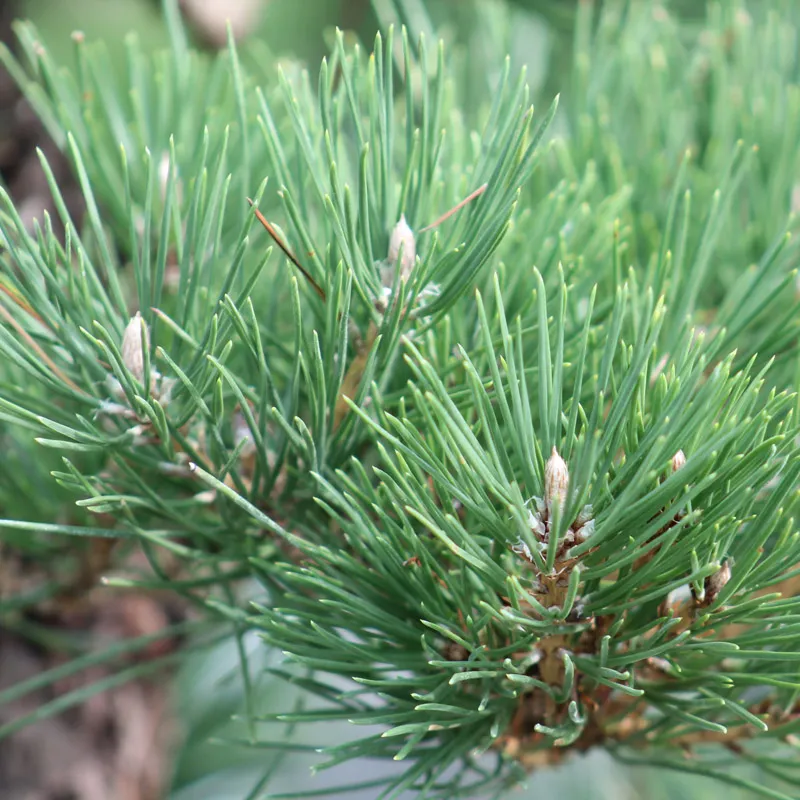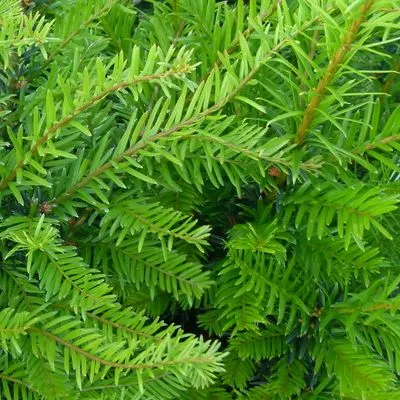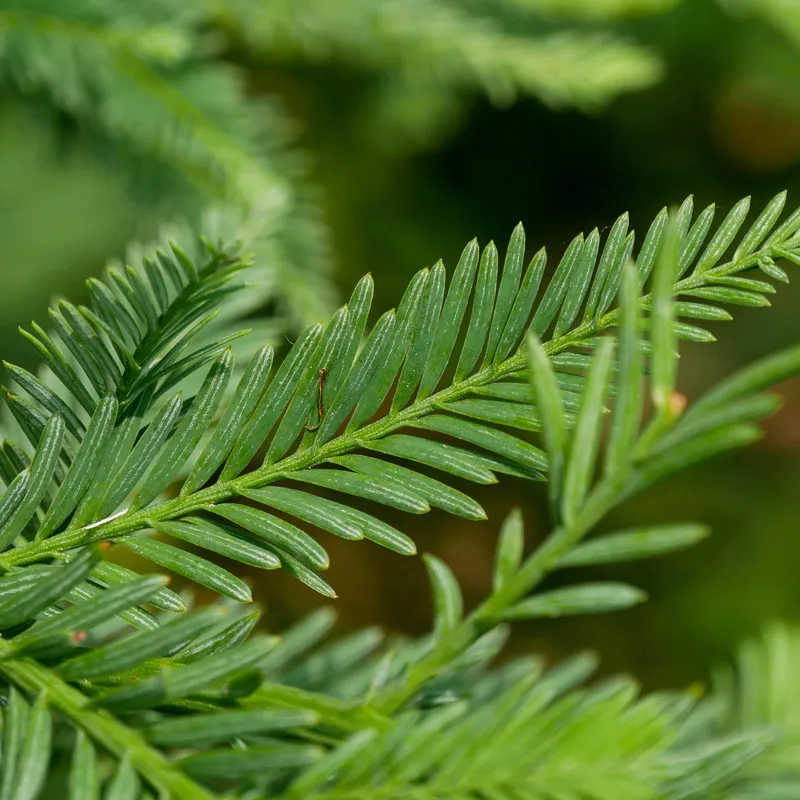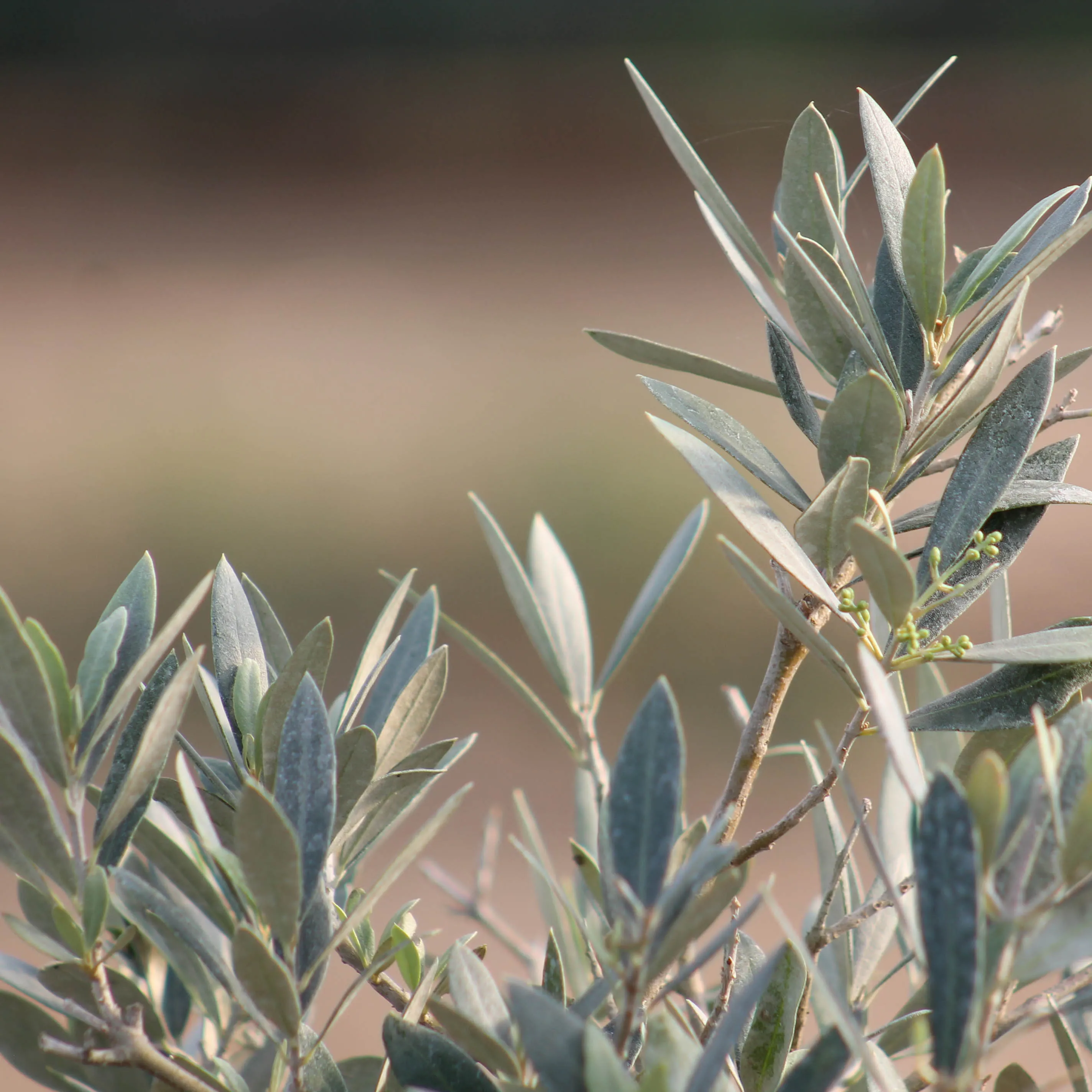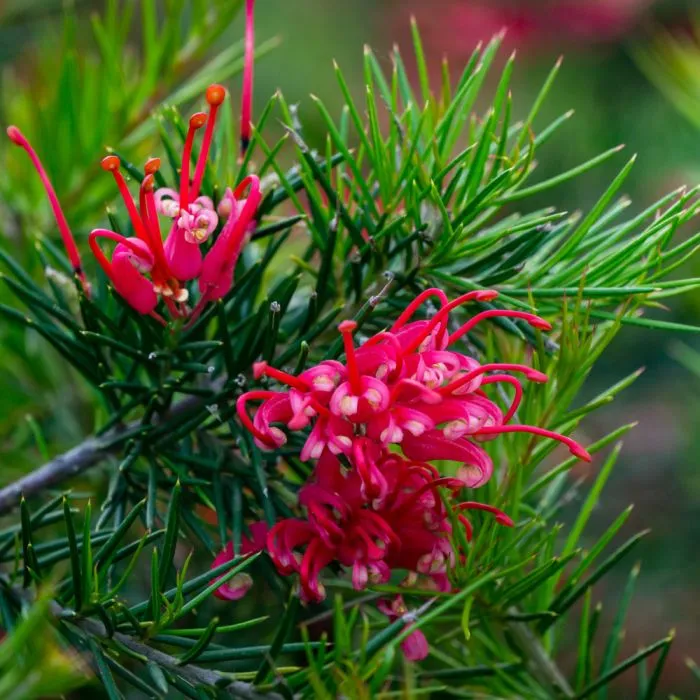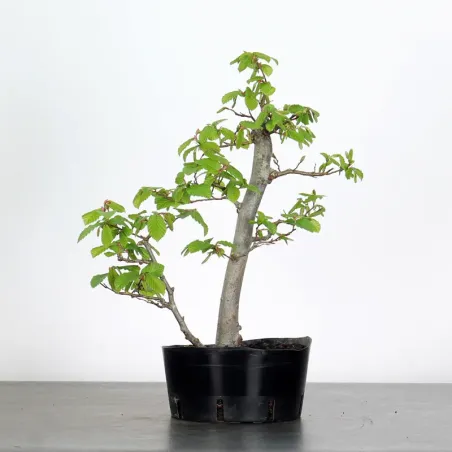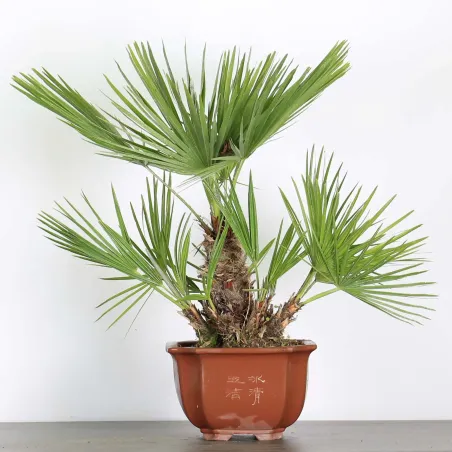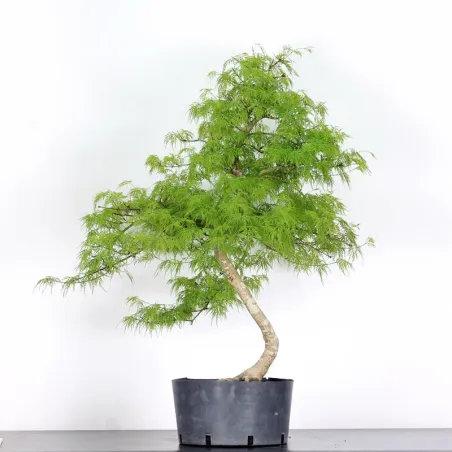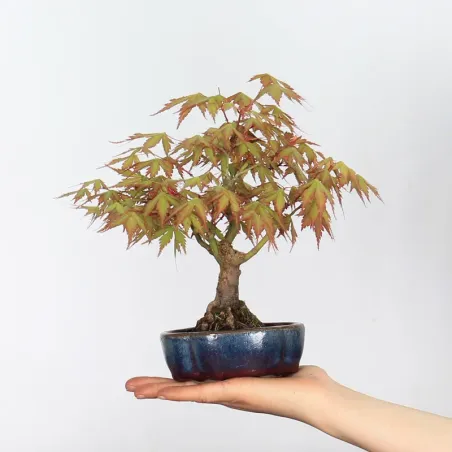Location: Outdoors all year round, it should be exposed, preferably, in a sunny spot and preferably in the summer with partial shade.
Bloc lien header
 English
en
English
en
Bonsai
Chaenomeles japonica 1-2
- New
- Out-of-Stock
Data sheet
The Japanese quince "Chaenomeles Japonica" is a bonsai tree that is very popular for its beautiful little pink flowers that develop early, starting in February. In autumn, small fruits appear and it is best to remove them so that the tree maintains its energy.
- Flowering photos taken in april 2025
- Easy to grow
Waist
25 cm
Location
Outside
Age
4 ans
Foliage
Deciduous
Height
Entre 25 et 40 cm
More information
Share
Cultivation Advice

 Production of French Bonsai
Production of French Bonsai















